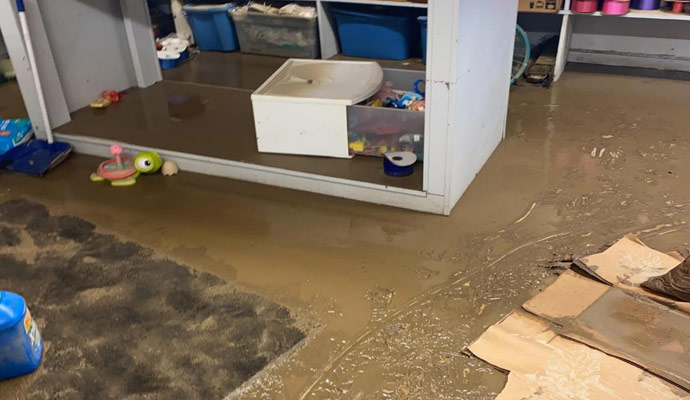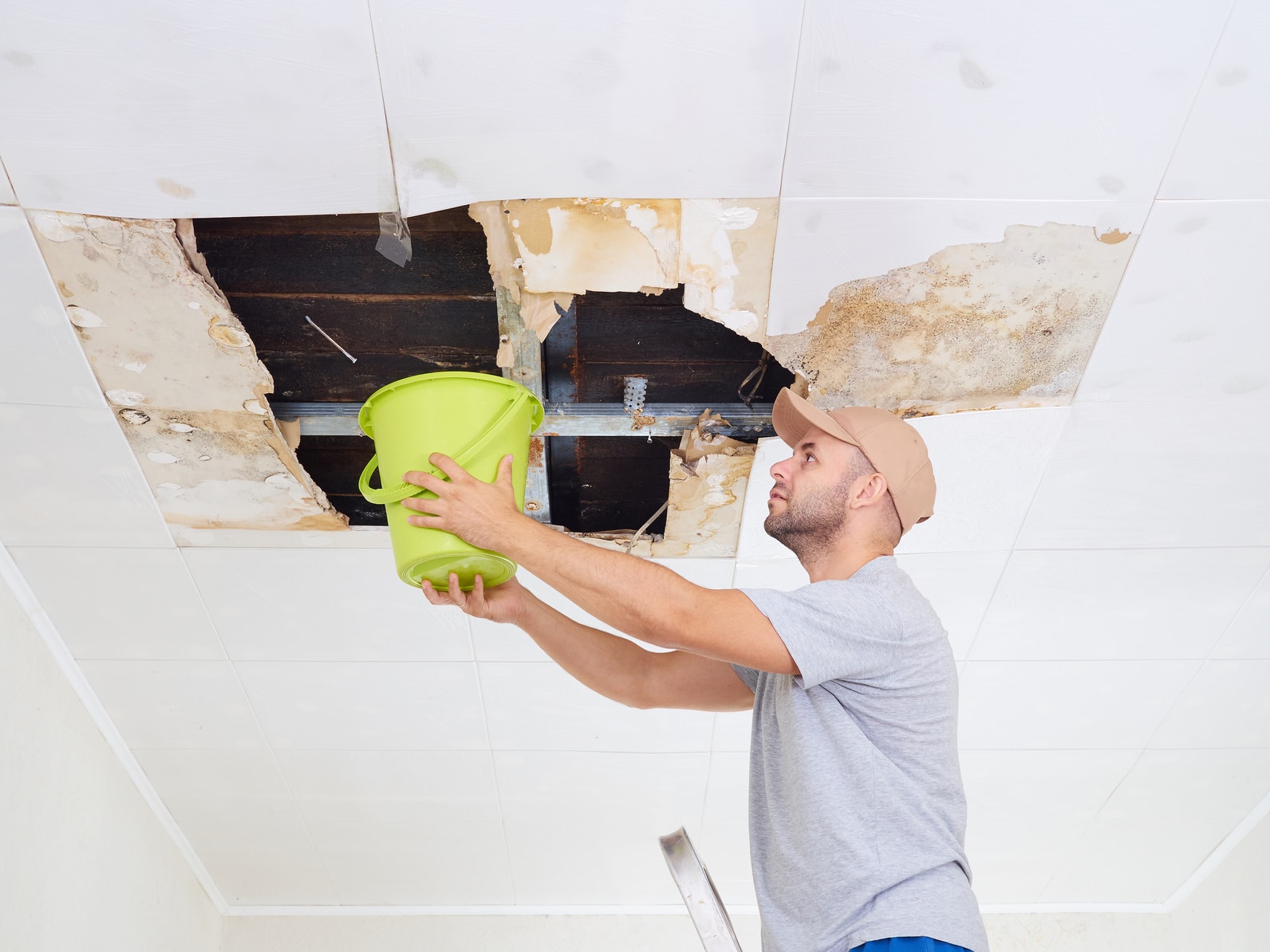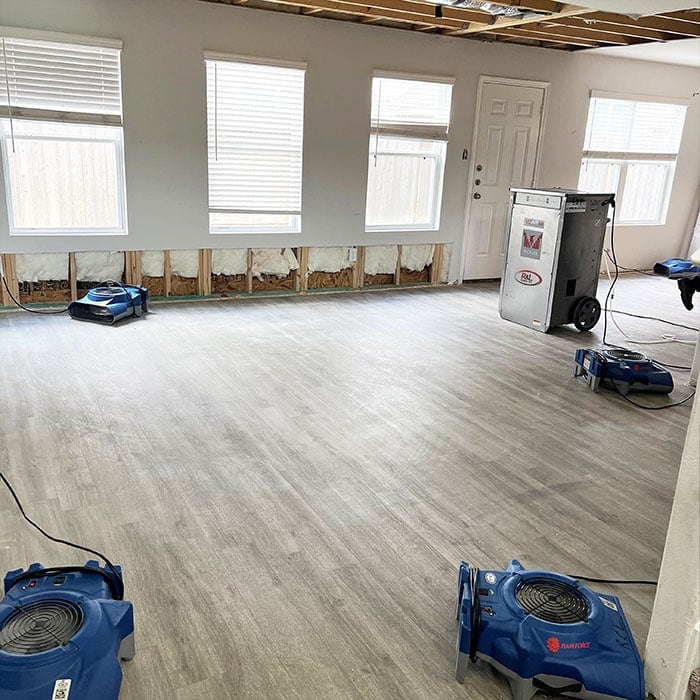Comprehensive Mold Inspection Philadelphia: Unveiling Hidden Threats
Comprehensive Mold Inspection Philadelphia: Unveiling Hidden Threats
Blog Article
Emergency Situation Water Damage Reconstruction: Swift Action to Decrease Further Damage
What specifically does emergency situation water damages reconstruction entail? By comprehending the necessity and detailed nature of this procedure, you will certainly obtain valuable understandings right into just how professionals deal with emergency situation water damage, ensuring a swift and reliable action.
Importance of Swift Reaction
Swift feedback is of utmost importance in water damage repair to lessen further damage and mitigate potential risks. When water damages takes place, whether due to a ruptured pipe, an all-natural catastrophe, or any other unforeseen occasion, time is of the significance. The longer water rests in a building, the even more damages it can cause. This is why it is vital to act promptly and efficiently to remove the water and start the restoration process.
One of the major reasons quick action is vital in water damages remediation is to stop the development of mold and mildew. Mold can begin to grow within 24 to 48 hours of water exposure, and as soon as it takes hold, it can spread out quickly throughout the affected location. Mold not only triggers additional damage to the framework of the structure yet likewise poses health and wellness threats to residents. By reacting swiftly, experts can completely dry the area and prevent the growth of mold and mildew, minimizing the requirement for substantial remediation and guaranteeing the security of those involved.
Furthermore, a timely feedback can aid salvage and bring back beneficial possessions and possessions - mold inspection philadelphia. Water damage can be devastating, especially when it affects individual things of emotional or monetary value. Acting quickly permits specialists to evaluate the damages and apply appropriate remediation methods to restore as much as feasible. This not only assists to decrease monetary losses but likewise brings assurance to those impacted.
Analyzing the Degree of Damages

Throughout the analysis, restoration experts thoroughly check out the affected area to recognize visible indications of damages, such as water spots, deformed materials, and mold growth. They additionally make use of specialized devices to identify surprise damages, such as dampness meters and thermal imaging electronic cameras. This extensive examination permits them to properly determine the level of the damage and develop a tailored repair plan.
Due to the fact that it assists professionals prioritize their efforts,Assessing the degree of water damages is crucial. They can recognize locations that need immediate focus, such as standing water elimination and drying, to stop more damage and reduce the danger of mold growth. They can additionally establish the areas that require fixings or replacement, ensuring that no damages goes unattended or undetected.

Water Removal and Drying Refine
The water removal and drying out process is an important action in water damages remediation, as it includes the elimination of excess water and the thorough drying of the afflicted location to protect against further damage and alleviate the threat of mold and mildew growth. After evaluating the degree of the water damages, the following step is to draw out the water from the damaged location.
This step is vital in protecting against secondary damages, such as structural damages and the growth of mold and mildew. The drying procedure might take several days, depending on the extent of the water damages and the materials entailed.
It is necessary to make website link sure that the damaged location is completely dry prior to waging any kind of repair work or reconstruction. Failure to thoroughly dry the location can cause lasting concerns, consisting of weakened frameworks, moldy odors, and the development of mold and mildew. Professional water damages repair business employ wetness detection tools websites to make sure that the affected location is totally dry prior to proceeding to the next action.
Mold Avoidance and Remediation
Reliable mold avoidance and remediation are crucial in water damages restoration to make certain the security and integrity of the damaged area. water damage restoration philadelphia. When water damages occurs, whether from a ruptured pipeline, flooding, or a leaky roof covering, it creates an excellent atmosphere for mold and mildew growth. Mold and mildew can begin to develop within 24 to two days after water damages, and if left unattended, it can spread quickly and create major wellness threats
To prevent mold growth, it is vital to attend to water damage without delay. The very first action is to recognize and fix the resource of the water invasion.
In situations where mold and mildew growth has already occurred, remediation is required to get rid of the mold and avoid its return. This includes the cautious removal and disposal of afflicted materials, such as drywall or carpet, to make certain that all traces of mold are eradicated. It is necessary to note that mold remediation ought to be carried out by professionals that have the required training and devices to safely eliminate and take care of mold.
Bring Back the Affected Location

First of all, it is vital to extensively dry the area to avoid any type of additional damage and to prevent the growth of mold and mildew. This may involve using specialized drying equipment, find here such as dehumidifiers and industrial-grade fans, to remove all moisture from the affected surface areas.
As soon as the location is entirely dry, the reconstruction procedure can start. This may involve replacing or repairing damaged architectural elements, such as ceiling, drywall, or floor covering ceramic tiles. It is vital to address any kind of underlying issues that might have created the water damage, such as leaky pipelines or malfunctioning pipes, to stop future cases.
Furthermore, bring back the afflicted location may also consist of painting walls, replacing harmed fixtures, and thoroughly cleansing and sterilizing the room. This makes sure that not only is the location structurally sound, but it is additionally visually pleasing and safe for tenancy.
Final Thought
To conclude, swift action is vital in lessening further damages triggered by water emergency situations. Assessing the degree of damages enables efficient water extraction and drying processes to be carried out. In addition, mold and mildew avoidance and removal are vital in restoring the afflicted location. In general, prompt action and detailed repair measures are essential to minimizing the unfavorable influences of water damages.
Swift response is of utmost value in water damages restoration to reduce additional damages and minimize potential threats.Throughout the analysis, restoration experts completely check out the damaged location to identify visible signs of damage, such as water spots, distorted products, and mold and mildew growth.The water extraction and drying process is a critical action in water damages reconstruction, as it entails the elimination of excess water and the thorough drying of the affected area to prevent further damage and alleviate the danger of mold growth. After evaluating the extent of the water damage, the next action is to remove the water from the damaged location.Efficient mold prevention and remediation are crucial in water damage restoration to make certain the safety and security and honesty of the damaged location.
Report this page